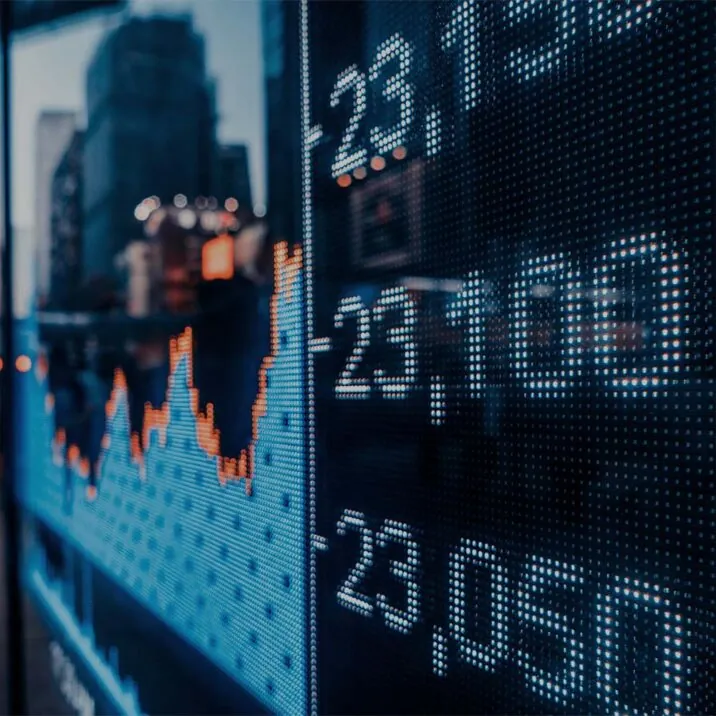We are at the forefront of Electronic Trading, and partner with clients in Fixed Income, Equities and FX to quickly deliver new solutions using our business solutions platform. Our experience of over 20 years, combined with the latest tools, helps our customers get the most out of their existing systems and create new possibilities – a powerful and flexible approach that continues to adapt to changing market needs.
Better access to existing data and highly adaptable workflows improves client outcomes. Our business solution platform enables more efficient quoting, pricing, RFQ management and trading on the front end, supported by enhanced post-trade capabilities that improve reporting and reduce errors.
We have created expert networks at the heart of the markets, which give us a real-world understanding of the wider challenges faced by our customers. We put that knowledge to work in everything we do, with energy and passion to deliver efficiency, insight and business agility to the community.


